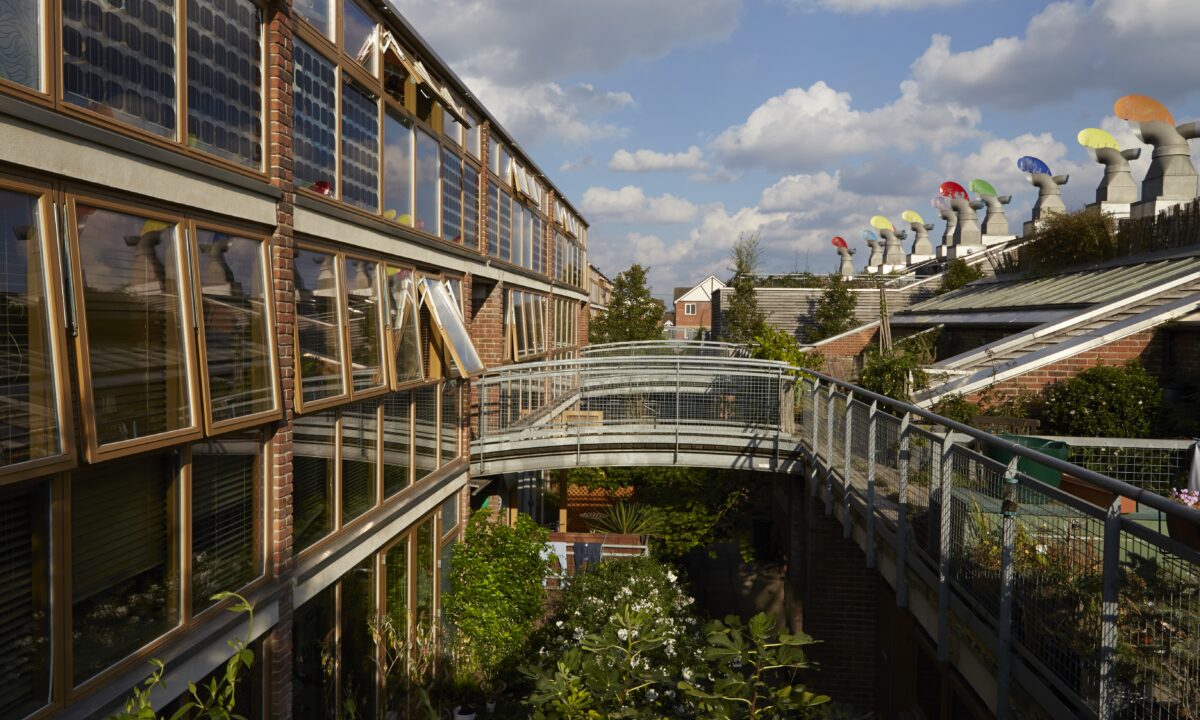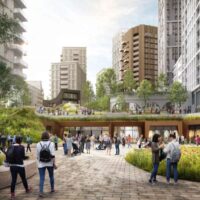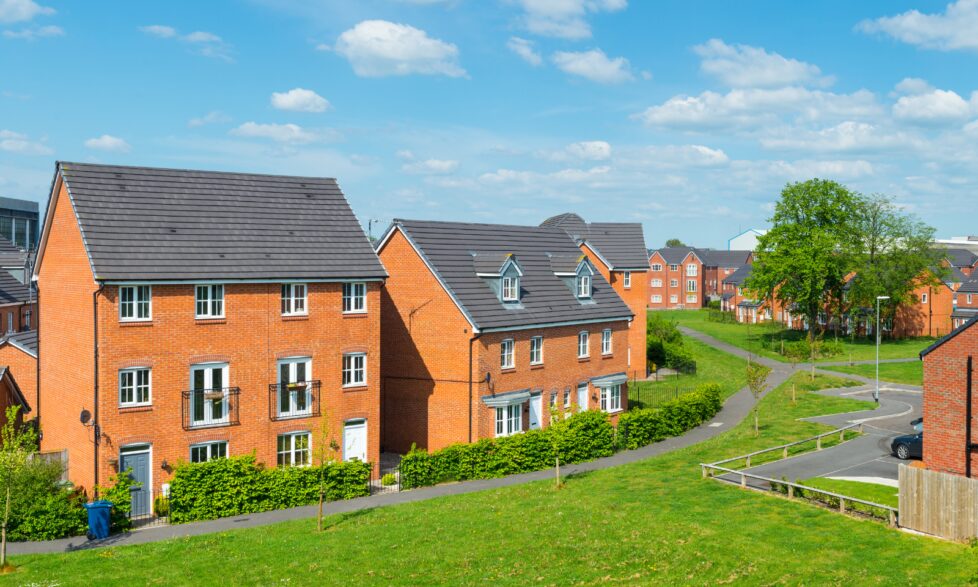Guest blog for Architects' Journal on the Future Homes Standard
This blog was first published on Architects' Journal.
Just before Christmas, the UK government published its preferred options for the new Future Homes Standard (FHS), proposing the two weakest recommendations made by the Future Homes Hub’s ‘Ready for Zero’ task force.
As the AJ reported, this provoked strong reactions from the UK Green Building Council (UKGBC), the Good Homes Alliance (GHA), and others, including Bioregional.
More positive news was an accompanying consultation on replacing the woefully inadequate Standard Assessment Procedure (SAP) with a new Home Energy Model to be introduced alongside the FHS.
These consultations close on 6 March. We must respond, but also recognise that we are involved in a longer-term change management process to help our sector transition to a sustainable future.
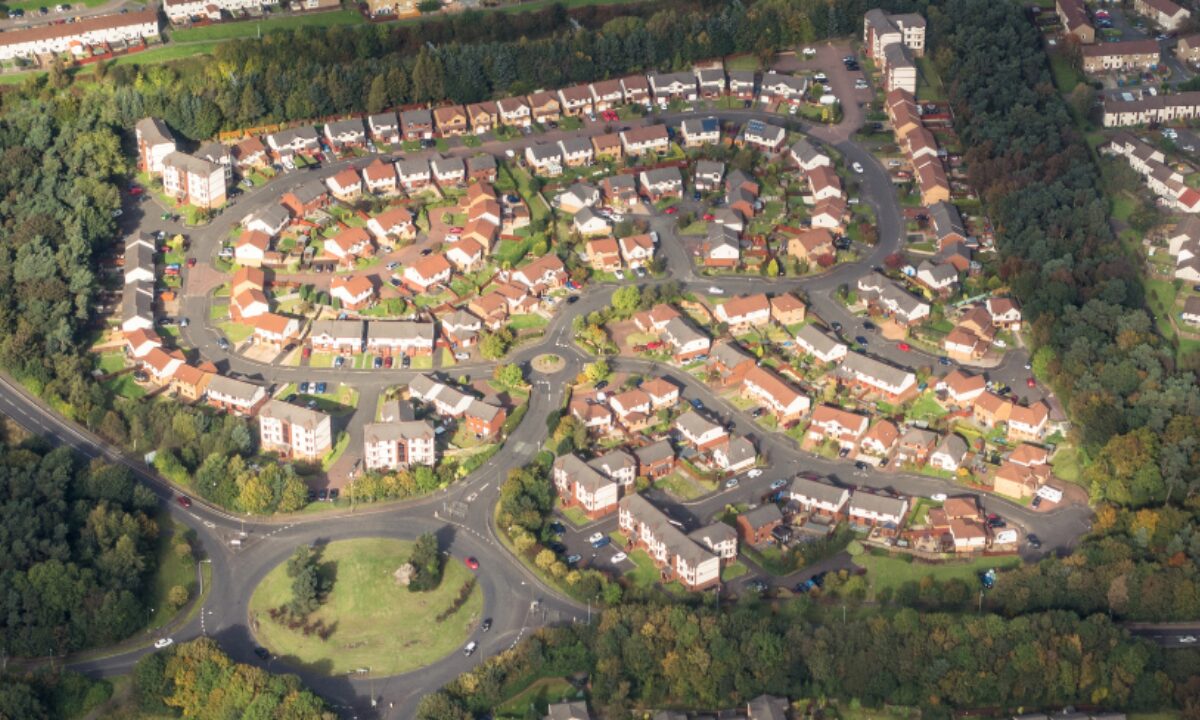
While leading figures like David Thomas, CEO of Barratt Homes, have committed to build more sustainably, others in the sector argue it is difficult and expensive, and have clearly told the government so. Ideologically, the government has also stepped back from net zero. You can see these influences in the FHS consultation’s narrative.
Those of us who are already designing and building more energy-efficient homes than the FHS proposes – in my case for 25 years – must listen to and tackle these concerns head-on. We must keep trying to foster a shared understanding of what is possible within the mainstream of the sector.
This is the whole point of the Future Homes Hub (FHH), and why I joined it as a director last year. It has been wonderful to see sector experts and major homebuilders collaborate and share knowledge, and it is a tragic missed opportunity that our work to create five contender specifications for the FHS has led to the two weakest options being proposed by the government.
Bioregional, with the GHA, UKGBC and others are now collaborating to develop alternative proposals for the FHS, which consultees can submit in Questions 8, 9 and 11, or by letter. And we need to support those proposals with evidence. A civil servant told me over a Christmas drink that ‘one good piece of evidence can overturn a thousand opinions’.
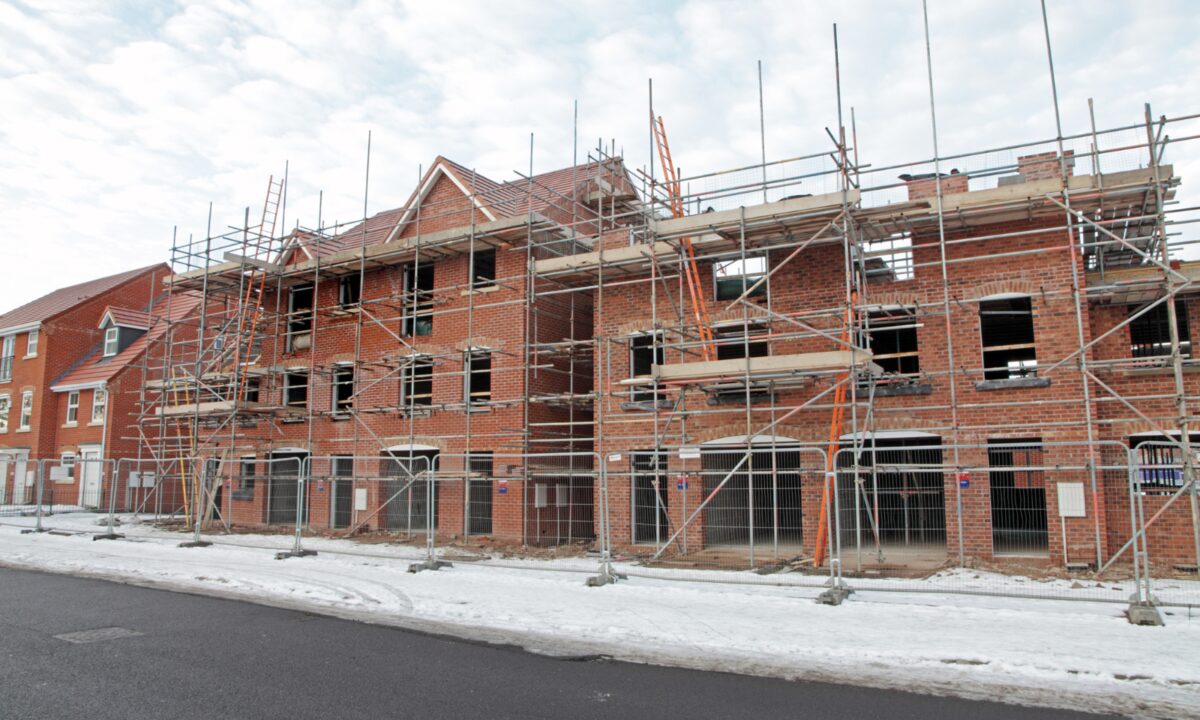
This is where AJ readers come in. We need your evidence that it is viable to build homes that are more energy-efficient, with more renewable energy on site, and lower embodied carbon, and at scale. And we must quantify the benefits for the residents of these homes, in terms of their health, wealth, and wellbeing.
While the consultation contains positive proposals – heat pumps instead of gas central heating and moves towards voluntary post-occupancy evaluation – they represent a meagre improvement on Part L 2021 building standards.
FHH analysis shows that the amount of solar power generated under Option 1 – government’s most ambitious proposal – is unlikely to meet a home’s regulated energy needs, let alone that of plug-in appliances. It’s a far cry from net zero. We need to go further on building fabric, airtightness and ventilation.
The consultation uses the wrong metrics – we need to measure energy demand through Energy Use Intensity, not the confusing Target Emissions Rate.
And it doesn’t meet space heat standards recommended by the Committee on Climate Change (CCC) as necessary for the UK to meet its legally-binding net zero target. The excellent LETI design guide standards are where we need to be.
As I type this from my super-insulated, well-ventilated home at the BedZED eco-community – which was built in 2002 with better energy efficiency than the FHS proposes some 22 years later – it feels like a no-brainer.
We must also counter two assumptions which influenced the low ambition of the FHS.
First, that higher standards increase build costs and so risk reducing housing supply. Evidence shows the additional cost is marginal, will ultimately be reflected in land values, and that as the supply-chain gears up, costs come down.
The second assumption – raised with me by civil servants and, sadly, the CCC – is that money is better spent decarbonising the grid than on ‘marginal’ energy efficiency improvements. This misses two key facts: that greener homes mean lower bills, greater comfort and better health for residents; and that grid capacity is now a serious constraint to growth, as in South Cambridgeshire, and in Peterborough. We must all use less energy, whether it’s ‘green’ or not.
To bring about culture change, we must keep working with the mainstream of the sector to demonstrate – using evidence – that higher building standards are not only achievable, but make environmental, economic, and social good sense.
Sue Riddlestone OBE is CEO and co-founder of Bioregional and a Future Homes Hub board director
